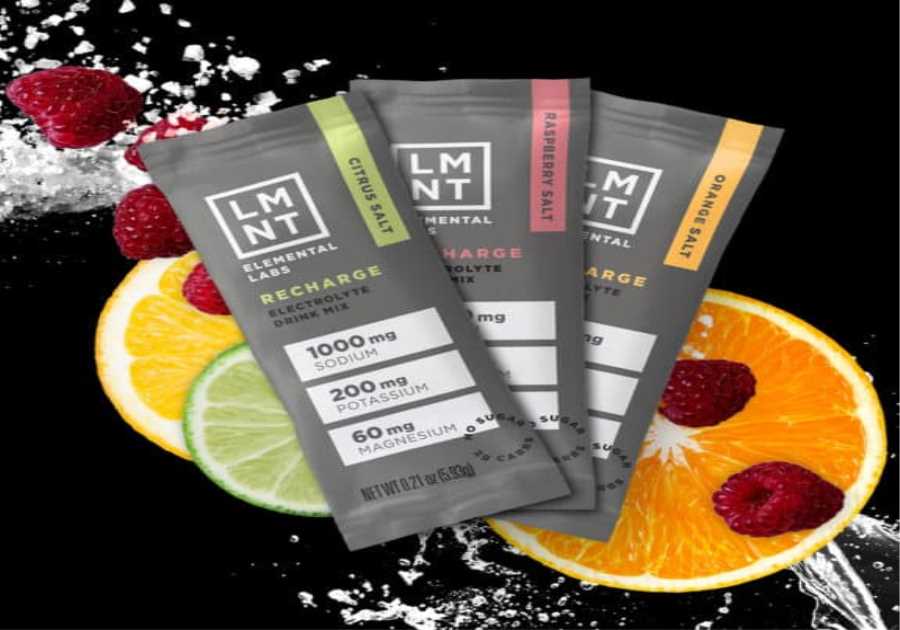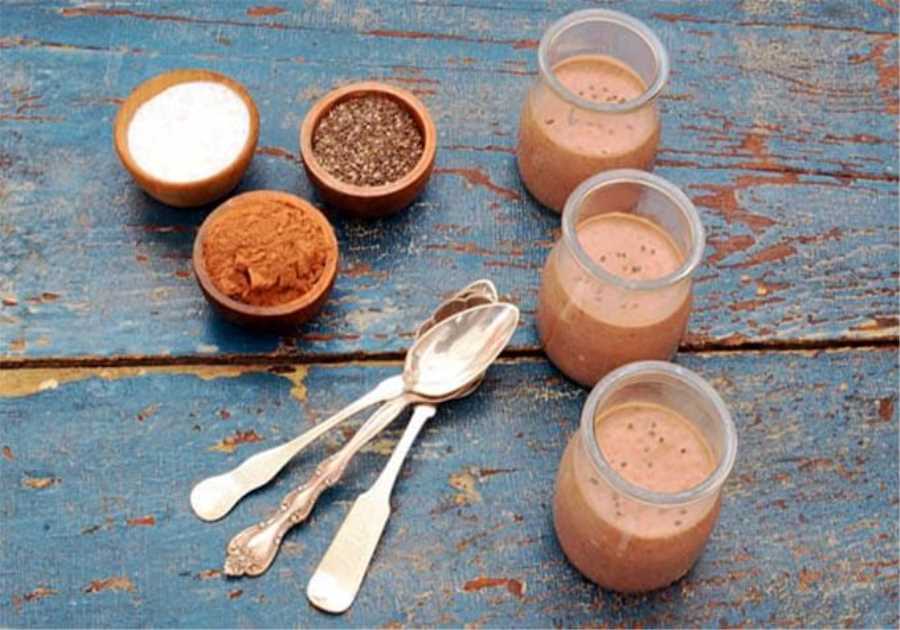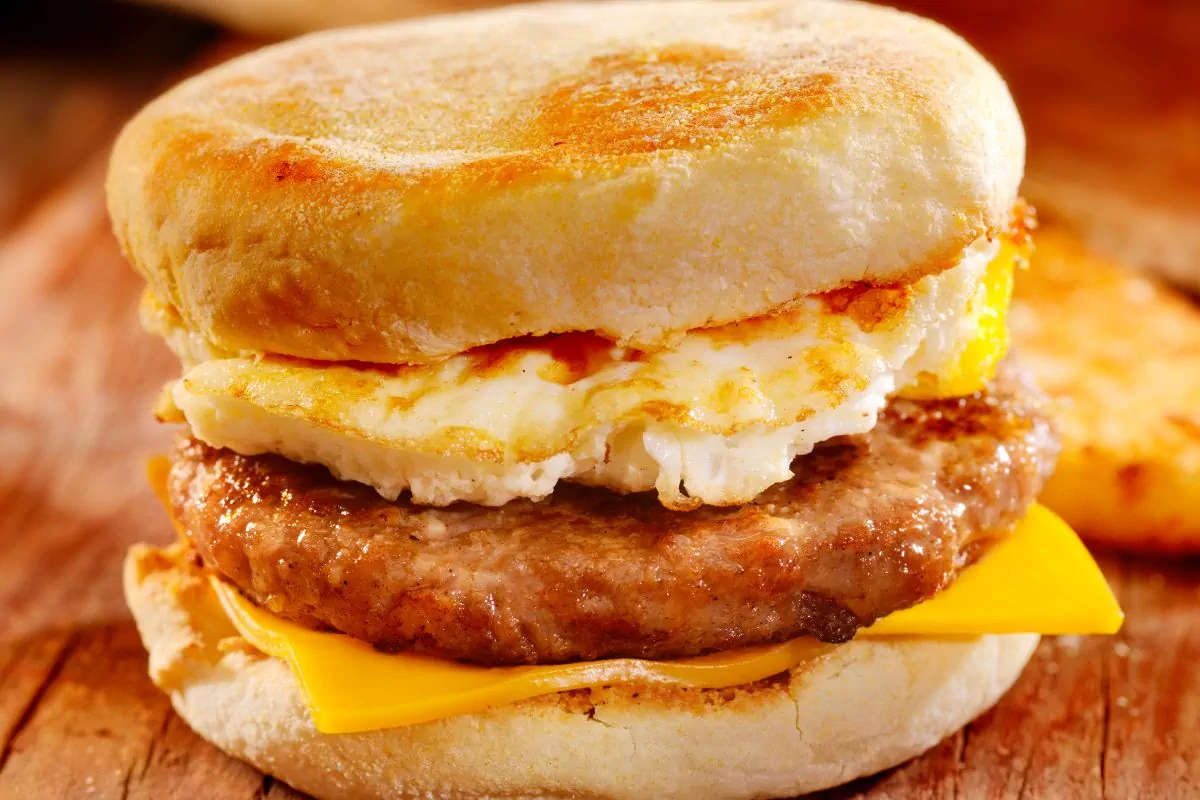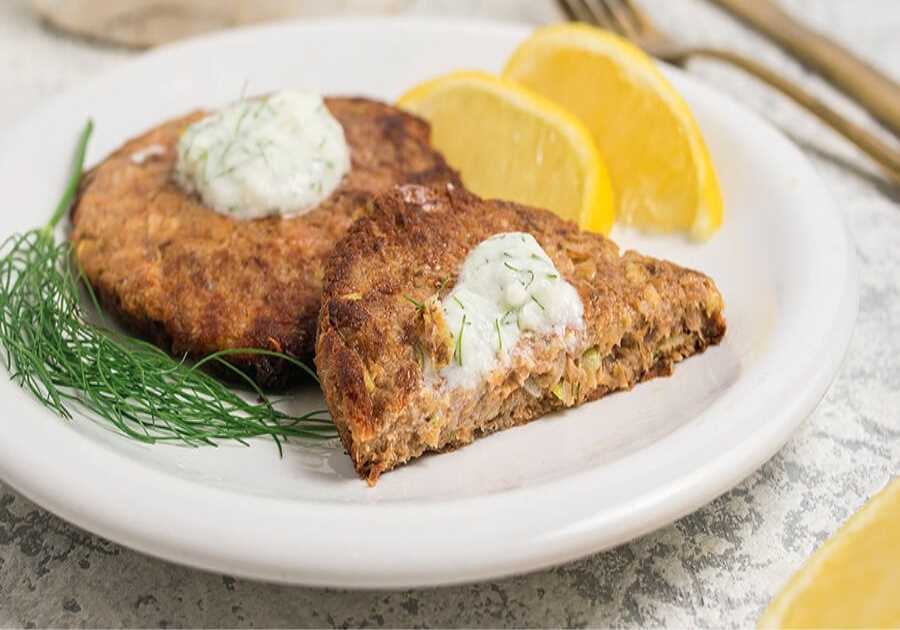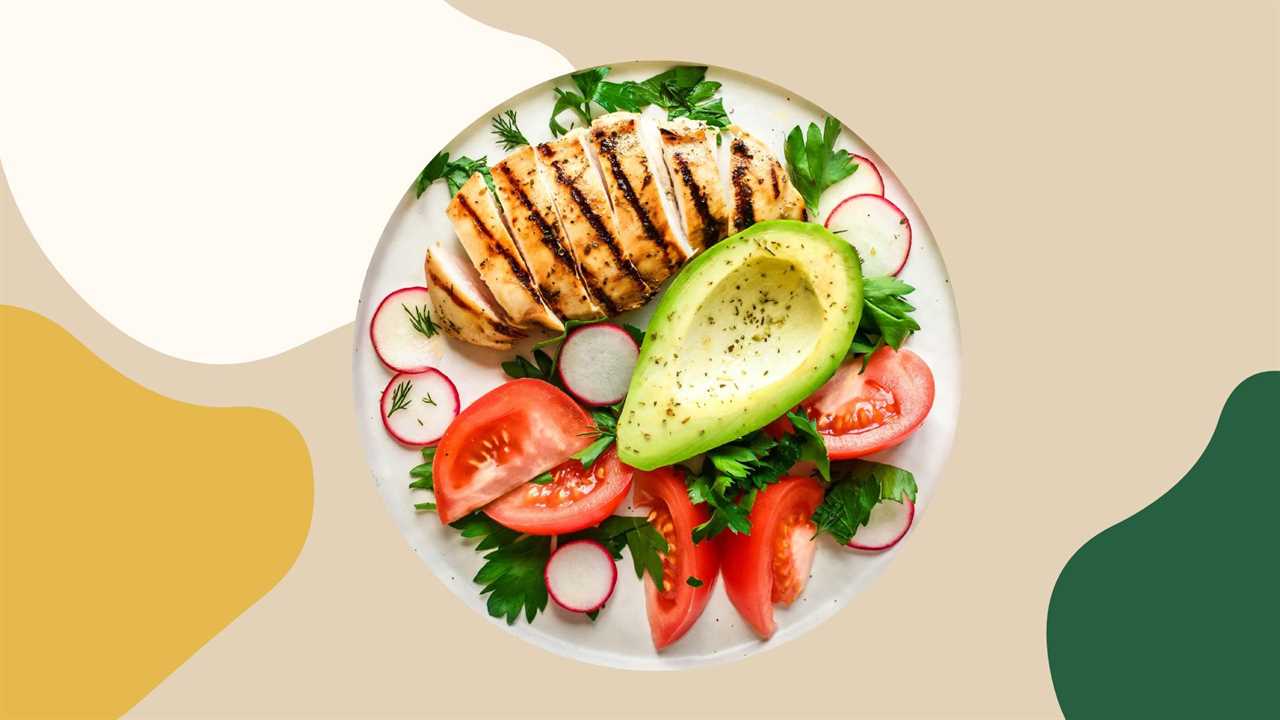
The paleo diet, or the Paleolithic diet, aims to help people improve their health by re-creating their diet according to how our bodies were shaped during the Paleolithic period. This diet is low in carbs and high in protein and saturated fat. Some say the diet can also help people with autoimmune diseases.
High in protein
High protein diets can be helpful for short-term weight loss and for feeling full in the long run. However, there are risks associated with high protein intake. If you are considering a high-protein diet, talk to your doctor first.
Protein plays a role in just about every physical process. It is important to consume an adequate amount of it to keep your muscles and organs functioning. Some studies have shown that higher protein diets may be beneficial to athletic performance. Pregnant women or suffering from a chronic disease should seek the advice of a doctor before taking on a high-protein diet.
The best sources of protein are whole foods. These include eggs, meat, and nuts. They are also rich in vitamins and minerals, as well as fiber.
Low in carbs
In order to make the most of a low in the carbs paleo diet, you must focus on whole foods. You can do this by cutting out processed food, sugar, and other high-carb foods. Having a healthy diet helps you stay away from cravings and prevents you from overeating.
The paleo diet emphasizes eating foods that are high in protein and fiber. It also focuses on local and grass-fed meat. This is healthier for you than grain-fed beef and chicken.
The Paleo diet also focuses on vegetables. These contain lots of vitamins, minerals, and antioxidants. They are also low in calories.
Unlike the traditional Western diet, the Paleo diet emphasizes omega-3 fatty acids. These fats help to reduce inflammation and protect the heart. Omega-3 fatty acids are found in marine fish and seeds.
High in saturated fat
Saturated fat has been the source of some controversy since its introduction in the 1970s. While it has a bad rap, it can be a healthy part of your diet.
Saturated fat is responsible for a variety of bodily functions, such as maintaining blood pressure and providing energy. It is important to avoid unhealthy kinds of fat, like trans fats, as much as possible. For example, it's good for you to get some saturated fat from dairy products. But the question is: how much?
Aim for about 120 calories from saturated fat per day to keep your cholesterol levels in check. This is roughly the same amount you'd get from a glass of butter or a slice of bacon.
The best way to achieve this is to focus on foods rich in omega-3 fatty acids. These can be found in fish and seafood, including salmon. Alternatively, you can take supplements. However, the food-based sources are more beneficial.
Good for autoimmune disease
Autoimmune disease is a condition wherein the body's immune system mistakenly attacks its own cells. Some symptoms may include bloating, fatigue, itchy skin, headaches, and migraines. While these symptoms can be difficult to manage, they can be prevented or reduced with an autoimmune diet.
A Paleo diet has been proven to be effective in reversing autoimmune diseases. It's a nutrient-dense, whole-food plan that eliminates dairy, grains, legumes, and sugar. By removing these foods, autoimmune patients can reduce inflammation and restore nutrient stores.
This dietary approach has been studied extensively. One study on 15 inflammatory bowel disease (IBD) patients found that the diet improved their overall health and helped them achieve remission. Another study on six patients showed that the AIP improved their clinical response to ulcerative colitis.
Bad for Diabetes
Paleo is a popular diet plan that focuses on whole foods. It's a low-carbohydrate diet emphasizing vegetables, fruits, protein, and healthy fats. The diet also aims to minimize processed food and added sugar. However, the effects of a paleo diet on diabetes are still unknown.
While the paleo diet may improve blood glucose levels, it hasn't been shown to reduce complications in the long run. That said, it can be helpful for the short-term management of diabetes.
There are a number of benefits to the Paleo Diet, including improved skin, blood pressure, and cholesterol. Additionally, people who follow this diet tend to experience weight loss. This may benefit people with diabetes because losing weight can reduce their risk of complications.
People with type 2 diabetes can also benefit from the Paleo Diet. This diet may help them manage their blood sugar and blood pressure.
Frequently Asked Questions
Who Shouldn't Try the Paleo Diet?
Paleo Diet is not recommended for anyone who needs a quick fix. The Paleo Diet is not about quick and drastic changes, but sustainable lifestyle changes that last a lifetime. People who are determined to lose weight may see results only after a few months.
The Paleo Diet also isn't ideal for anyone with any kind of dietary restrictions or food allergies--particularly gluten avoidance, as some grains aren't appropriate choices. Paleolithic dishes can make people who are sensitive to high levels of protein feel overwhelmed.
People who bounce between fad diets will not benefit. It is better to stick with the same routine, even though it may mean changing ingredients slightly. A commitment level is vital when you commit to the Paleo Diet. So, those who frequently jump between diets should look elsewhere.
Additionally, people who don't have time or the ability to prepare healthy meals each day might miss out on the benefits of this lifestyle. Typically, convenience foods are not included in this diet.
What food group should you avoid on a Paleo diet
There are many health benefits to avoiding grains, legumes and dairy. This is why Paleo has been so popular in recent years.
But what many people don't realize is that there are certain food groups to avoid to follow this diet effectively. You must eliminate all foods containing dairy, grains, legumes, and processed ingredients.
This means that you can say goodbye to bread, pastas and pizzas as well as chips, crackers and baked goods like cookies and cakes. It is also important to cut back on dairy products, such as milk or cheese.
Lastly, all processed foods such as canned soups or frozen meals should also be removed from your everyday eating plan. Without these hidden sources of empty calories, refined carbohydrates, and unhealthy fats, your body will begin to thrive!
So if you're looking for a way to get back on track with your nutrition and health goals while still being able to enjoy delicious meals - give the Paleo diet a try! It won't be hard!
Can you eat bananas on a paleo diet.
It can be overwhelming to plan your nutrition. Do you follow the latest trends or stick to what is best for you? When it comes to eating healthy and making better choices, it always pays off to do some research.
One of the most popular styles of eating is the paleo diet. Its main focus is abandoning processed and packaged foods in favour of something closer to what our ancestors likely ate thousands of years ago. Bread, pasta, potatoes, and other carbs are gone, but fruits and vegetables are back--but what about bananas!
You can eat bananas while on a paleo diet. They are one among nature's oldest snacks, and have been a staple on many diets throughout history. They provide an incredible energy boost, whether you are working out or not, and they are rich in nutrients such as potassium, vitamin C, B6, manganese and magnesium.
Bananas can be a healthier option to sugary snacks. They are low in calories and provide additional nutrition that conforms to strict paleo guidelines. To avoid overindulging in this naturally delicious fruit, moderation is key.
Enjoy some delicious sliced bananas on Greek yogurt, or topped with shredded coconut as a breakfast option - there's no guilt!
Statistics
- (3) The paleo diet eliminates dairy because its advocates say many people are lactose intolerant and because eating dairy has been associated with Crohn's disease, among other claims, according to a popular paleo diet website. (everydayhealth.com)
- Eaton and Konner, for example, wrote a 1988 book, The Paleolithic Prescription with Marjorie Shostak, and it described a diet that is 65% plant-based. (en.wikipedia.org)
- (9) These are just some reasons they're nixed from a paleo diet plan, according to a popular paleo diet website. (everydayhealth.com)
- It's up to you to decide to what extent you want to follow those guidelines, but if you follow them 100%, you can be assured that you are eating the best food for your body and greatly investing in your long-term health and well-being. (paleoleap.com)
- Carbon Footprints and Diet Quality of 5 Popular Eating Patterns as Reported by US Consumers". (en.wikipedia.org)
External Links
ncbi.nlm.nih.gov
- PubMed: Regular consumption of a high-phytate Diet reduces the inhibitory effects of Phytate upon Nonheme iron absorption in women with low iron stores.
- PubMed
hsph.harvard.edu
link.springer.com
- Influence of Paleolithic food on anthropometric markers for chronic diseases: systematic analysis and meta-analysis Nutrition Journal
- Popular Weight Loss Strategies - A Review of Four Weight Loss Techniques. Current Gastroenterology Reports
thepaleodiet.com
How To
How can I determine if the Paleo diet is right for me?
Questioning whether the paleo diet is working for you? Are you trying to determine if the results of what you are doing is working? It all comes down to measurements and attentiveness.
Start by accessing your progress with baseline assessments, taking measurements such as body fat inches, weight, cardio levels, etc. These individual metrics can be used to track how your body develops and changes over time.
Take the time to pay attention to how you feel mentally and physically. Notice any changes since before or during the initial phase of the diet. Many people who are trying a new approach, such as the paleo diet, experience an energy boost or a weight loss. That said, without paying attention to those subtle signals in your body, you may miss important feedback about whether or not you should continue down that path.
Finally, to get a solid idea of whether or not something is working, speak with trusted professionals like personal trainers and nutritionists. These people will be more than willing help you gain an objective perspective on your health goals.

